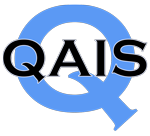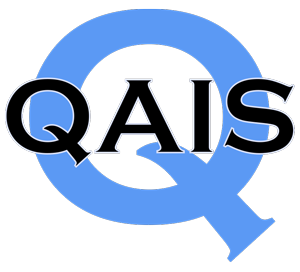Calibrated Measuring
Beginning in 2016, I have made inspection visits to several vendors (manufacturers). Most of them are fulfilling orders from 2015 for National and International Energy Companies.
There is a slowdown in new orders for new build products for the oil and gas industry that is causing vendors to lay off good employees. Companies are cutting costs however, we caution companies not to compromise on quality when it comes to calibrated measurement tools. The best quality, most intricate tools in the world are worthless for recordable accurate measurement unless they are calibrated and certified to the NIST standard. The reason for a tool to be calibrated is for reliable, accurate, recordable measurement that is recognized internationally.
The work that I have been doing recently includes, reading drawings and verifying dimensions on cast steel manufactured products. I use the vendor’s measuring equipment to do the dimensional witness checks because there is no possible conflict. The reason for using calibrated tools is to be able to accurately measure, record, and achieve true drawing tolerance. As a source inspector, the use of calibrated tools is the number one priority.
- *First, I look for proof of calibration.
- *Second is that the tools are in good condition with no damage. Measuring instruments are very sensitive to temperature, humidity, storage, and handling. The accuracy of the instrument can be flawed if the instrument is abused in any way.
Source inspectors want to witness the calibration certificate for each tool they are using or witness others to use. It is critical to retain calibration records and implement at tracking system.
Most vendors I visit are ISO registered companies and have ISO approved quality systems. ISO quality manuals list the required calibrated tools, calibrated dates and the interval for the calibration of each tool and are handled in accordance to the National Institute of Standards.
Tools used on a daily basis by floor technicians, officer personnel, etc. may require a more frequent calibration cycle as compared to a tool that may only be used daily, weekly, monthly, and so forth. Tools that are used in rough service environments, extreme temperatures, or high humidity may be required to be inspected and calibrated on a monthly or weekly interval.
I have witnessed three examples of vendors using uncalibrated tools so far this year.
- *Two calibrated tools had calibration validation stickers that were past due for calibration certification.
- *The third tool was a dial caliper that should have been calibrated because it was being used to measure less than 1/16th of an inch.
Please note: I will not accept excuses for using tools that are not compliant with the calibration requirements listed in the vendor’s Quality Manual or customer’s purchase order or drawing.
If the quality manual or the customer requires that a steel tape measure or steel scale be calibrated, it shall have proof of calibration before I will use it or consider it to be used when I witness the measurement of any dimension on a customer’s piece of equipment. Any measuring tool that is witnessed to be misused or damaged will not be considered to be valid even if it does have a current calibration record in the file on posted on it.

